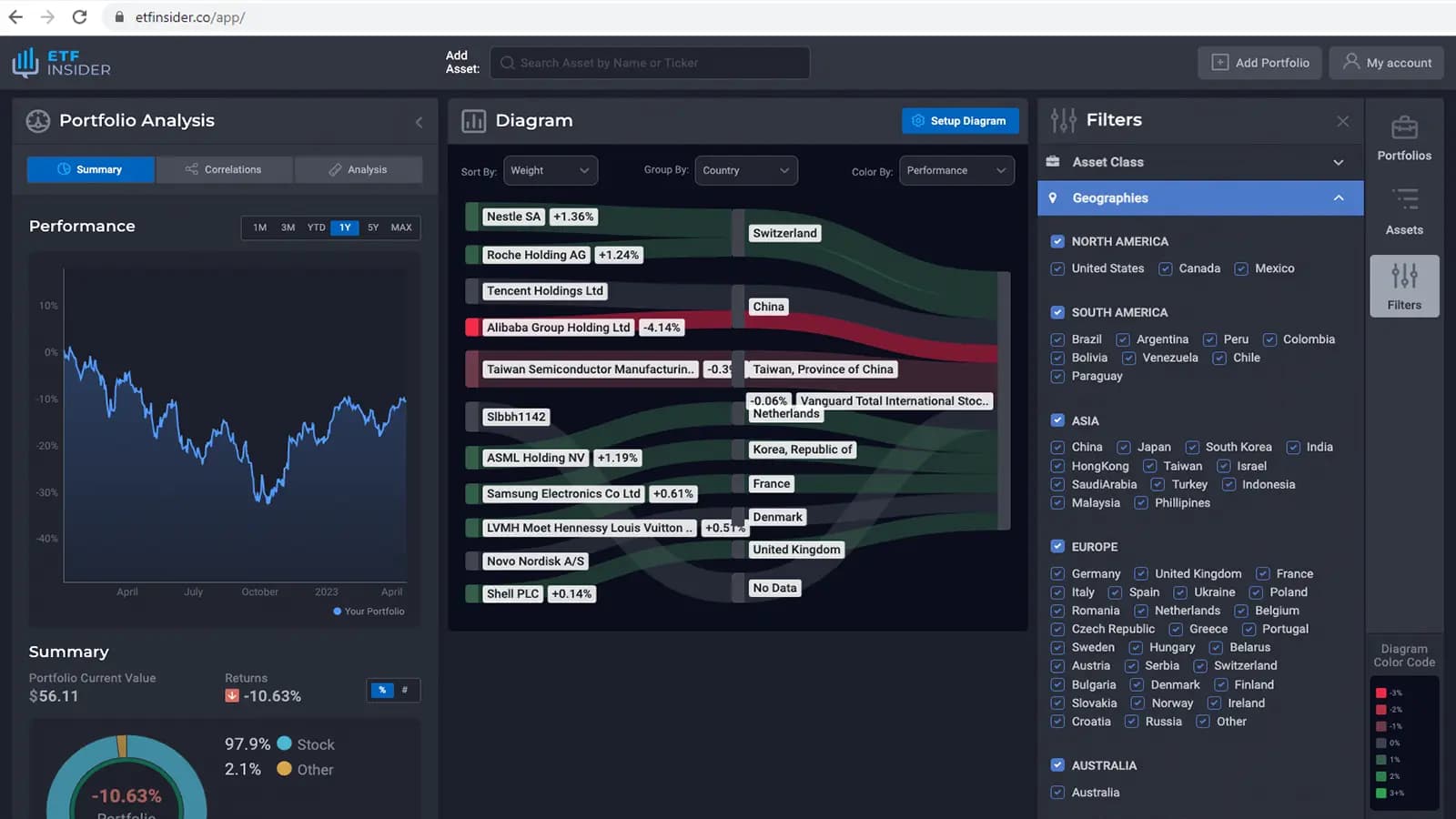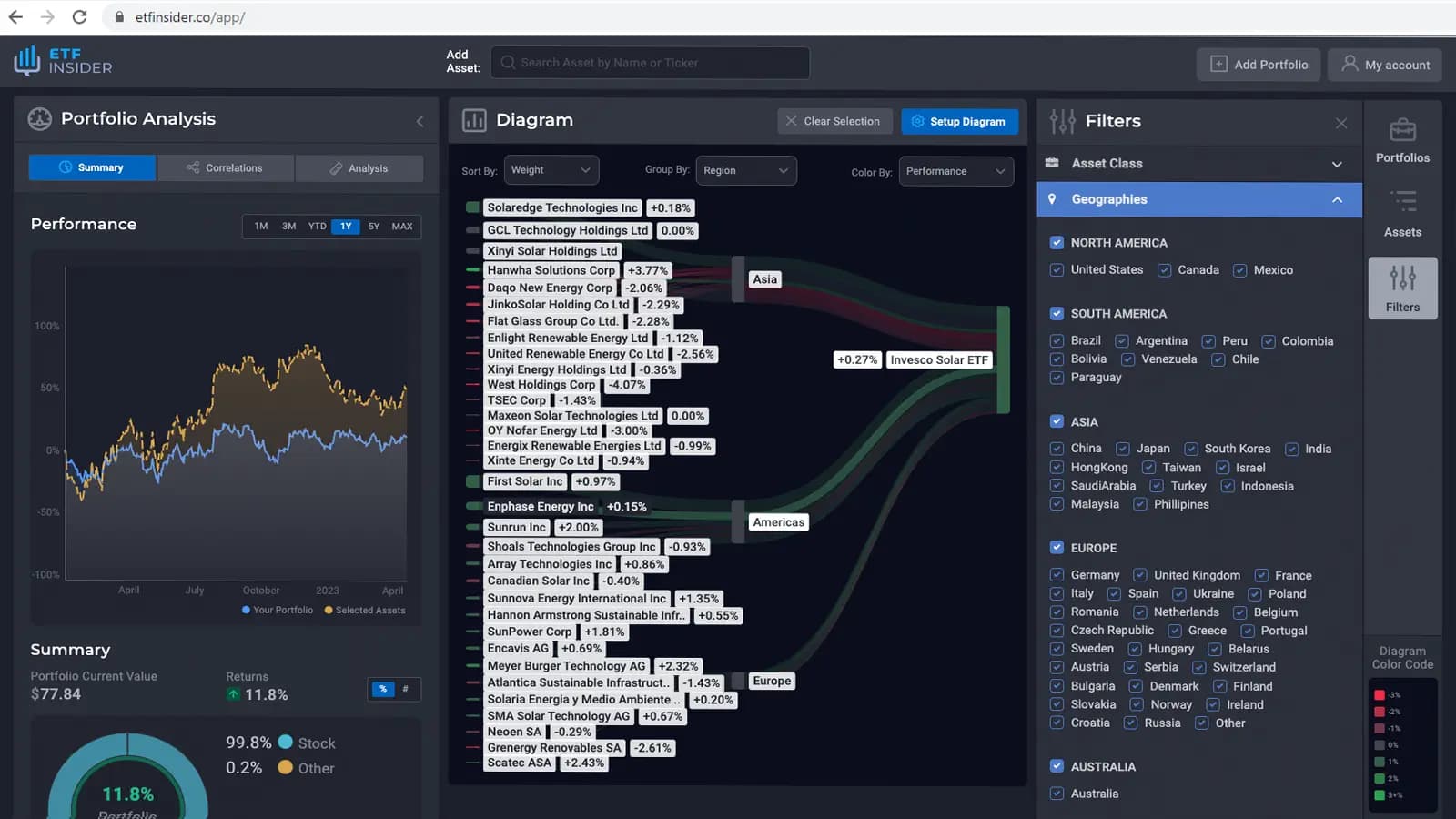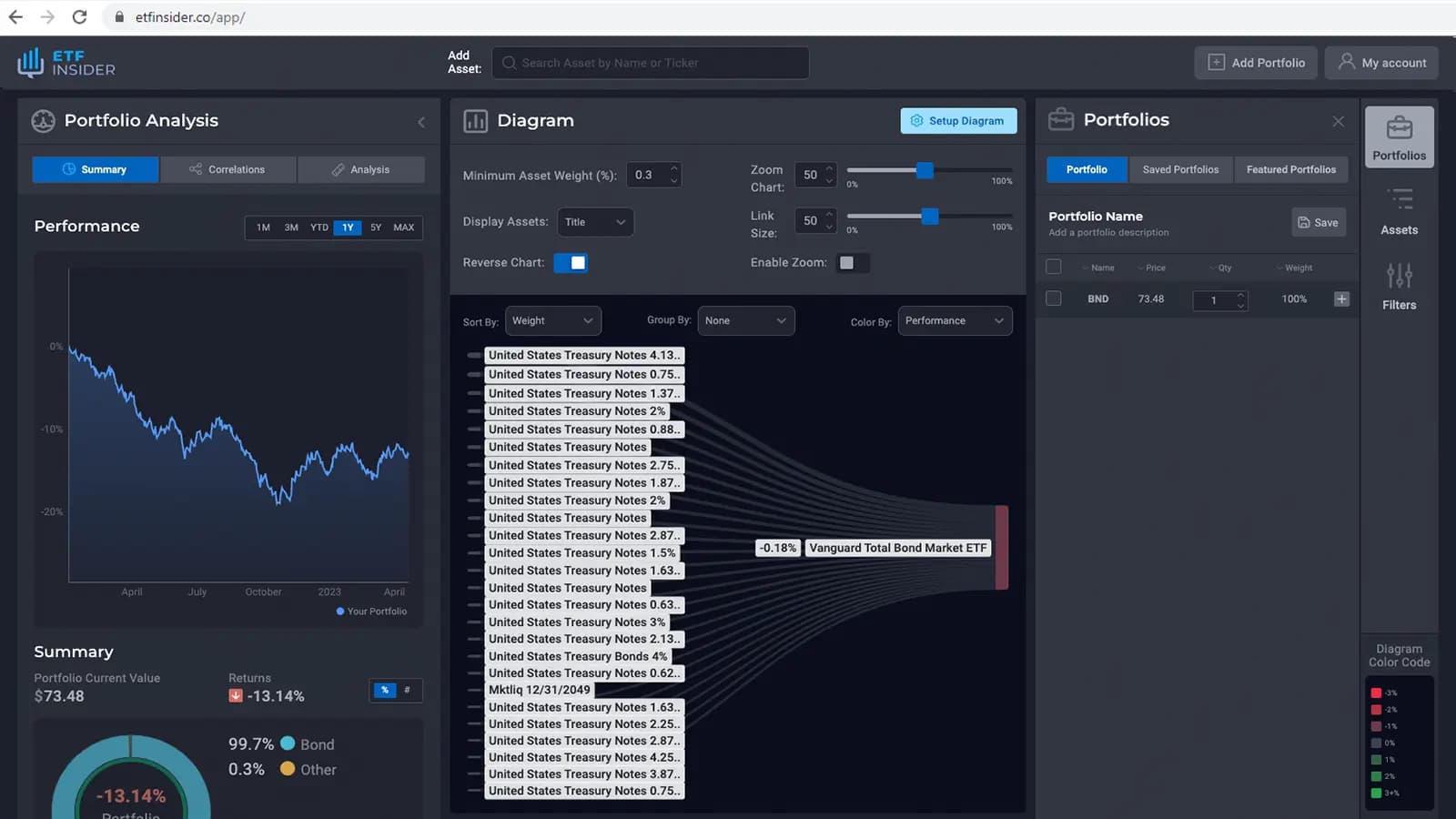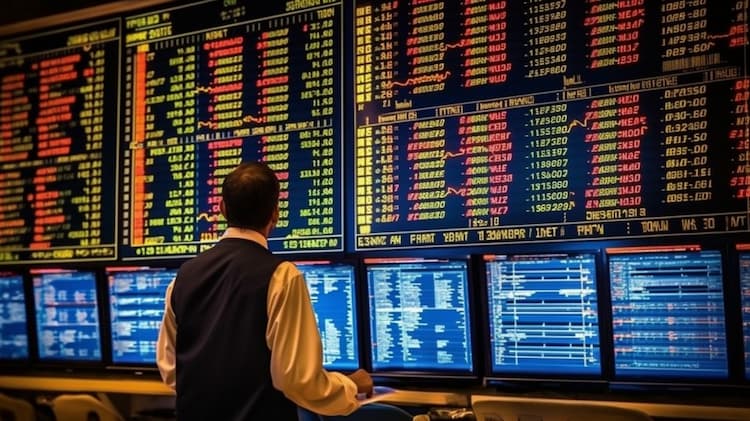
5 Key Takeaways from IMF's 2023 Economic Recovery Outlook
"Largely because of Russia's invasion of Ukraine, we are seeing a growth downgrade for 143 countries representing 86% of global GDP. So growth is down, inflation is up; people's incomes are down, hardship is up," Kristalina Georgieva, Managing Director of the IMF, remarked.
The International Monetary Fund (IMF) recently released its World Economic Outlook (WEO) report during its Annual Spring Meeting this April, attended by top monetary (central bankers) and fiscal (government) authorities worldwide. The recently published paper provided a comprehensive analysis of the global economy's recovery trajectory, be it a more pessimistic forecast.
With this in mind, let's explore the five key takeaways from this consequential report and their possible implications for your investment portfolio (especially equities: stocks, and ETFs) and what you can do to address these challenges.
1. Global Growth Forecast
First and foremost, the paper highlighted a slower and uneven global growth rate forecast of 2.8% in 2023, with advanced economies expected to grow at a measly 1.3% and emerging market and developing economies at 3.9%. If anything, this slower and uneven growth pattern highlights the need for investors to diversify across regions beyond their home country. By doing this approach, it can help mitigate risks associated with specific geographical regions and increase the potential for higher returns.
 VXUS Grouped by country (ETF Insider web-app)
VXUS Grouped by country (ETF Insider web-app)
2. Persistent Inflation Concerns
Second, in the second chapter of the report, "The Natural Rate of Interest: Drivers and Implications for Policy," the paper highlighted how central banks worldwide are likely to respond to these pressures by further tightening their monetary policies, including raising interest rates and reducing asset purchases. Hence, this can lead to fluctuations in bond prices and currency values. To make your portfolio more resilient, you may consider allocating a portion of your portfolio to managed funds ETFs that focus on inflation-protected assets, such as Treasury Inflation-Protected Securities (TIPS), and commodities like gold.
 GLD (ETF Insider web-app)
GLD (ETF Insider web-app)
3. The economic cost of climate change
Third, in the succeeding chapter of the report, "Coming Down to Earth: How to Tackle Soaring Public Debt," the paper then examined the effectiveness of different approaches to reducing debt-to-GDP ratios and emphasized the importance of addressing climate change as part of the global economic recovery. A key trend brought to light is that Governments worldwide will likely invest in sustainable infrastructure and green technologies, creating new opportunities for investors. Hence, ETFs focusing on sustainable and green investments, such as clean energy, low-carbon technologies, and environmentally friendly companies, can benefit from this trend.
 TAN Geographic filters (ETF Insider web-app)
TAN Geographic filters (ETF Insider web-app)
4. Worsening State of Governments
Fourth, in the 4th chapter of the report, the paper emphasized how governments face the challenge of balancing their fiscal policies during this ongoing recovery as well as addressing long-term debt sustainability. The paper revealed that countries with high debt levels are more likely to implement aggressive adjustments to their borrowing strategies, negatively impacting their bond yields and currency values. Therefore, pay close attention to countries' fiscal policy decisions and consider diversifying your bond holdings by investing in ETFs that include a good mix of government and quality corporate bonds from various countries and credit ratings.
 BND (ETF Insider web-app)
BND (ETF Insider web-app)
5. Further Risks and Uncertainty
Lastly, the projection table in the report reflects the ongoing risks and uncertainties that persist in the global economic landscape. To navigate these uncertainties, remember to maintain a well-diversified portfolio that offers exposure to various asset classes and sectors. Fortunately, there are now sophisticated portfolio management tools, such as ETF Insider, that help you stay away from costly investing mistakes such as fund overlaps and overexposure by visualizing your holdings and offering tools to optimize your portfolio better.
Get started




